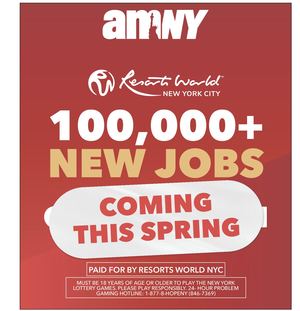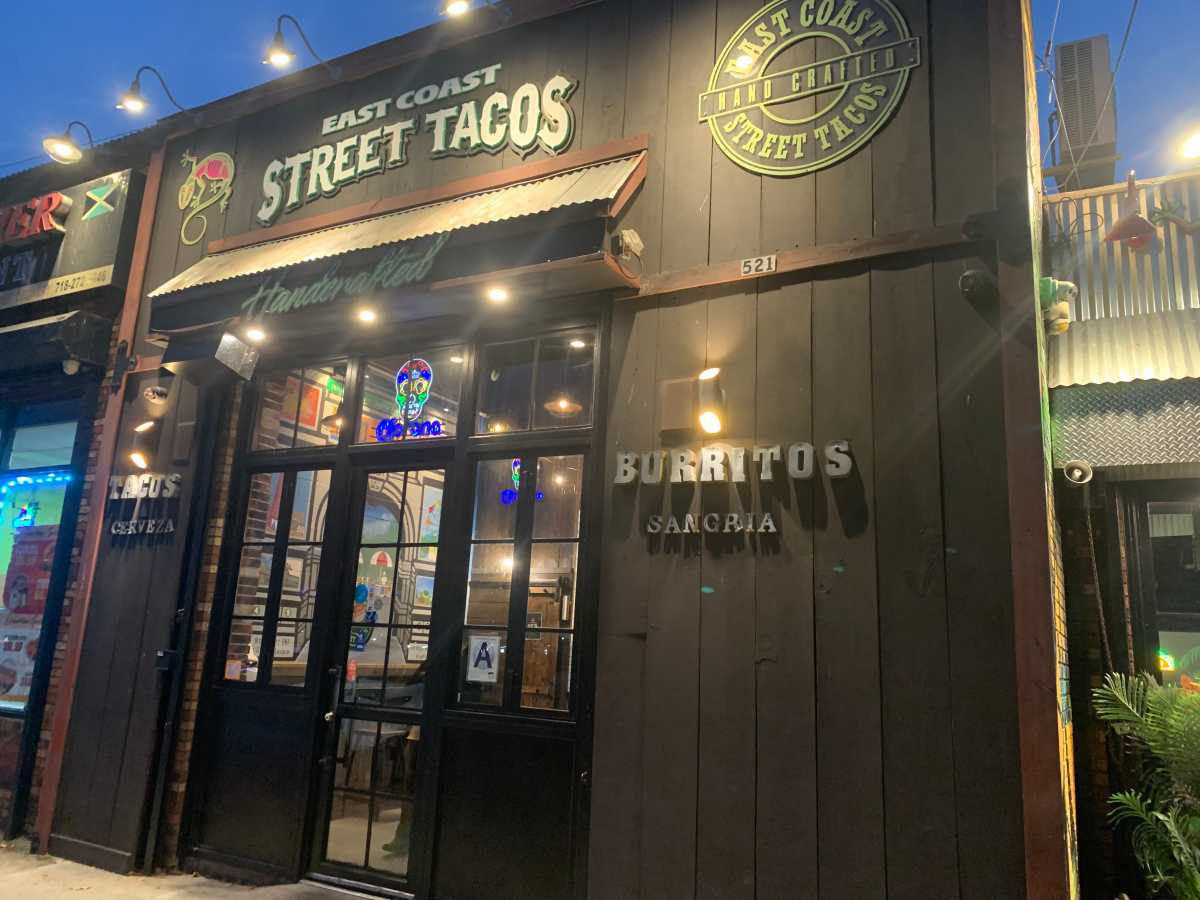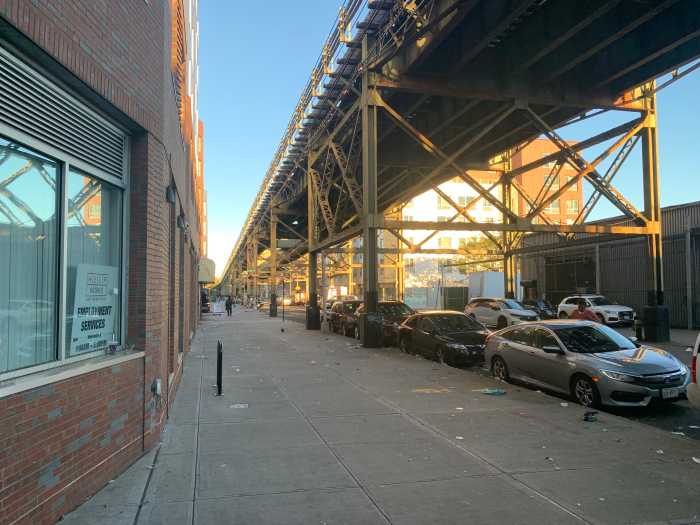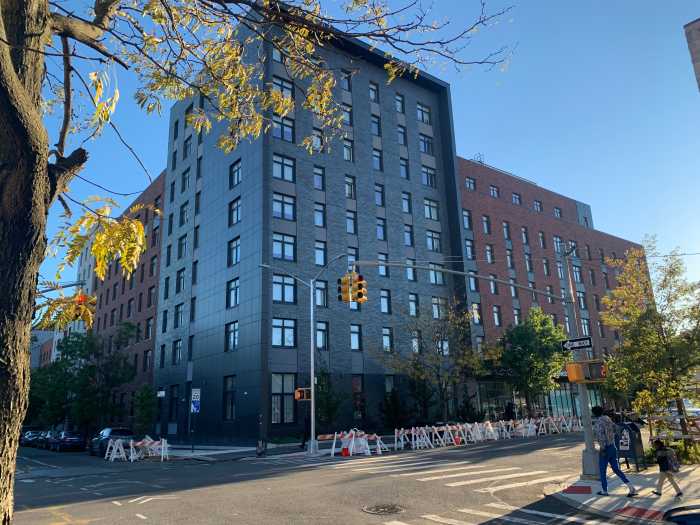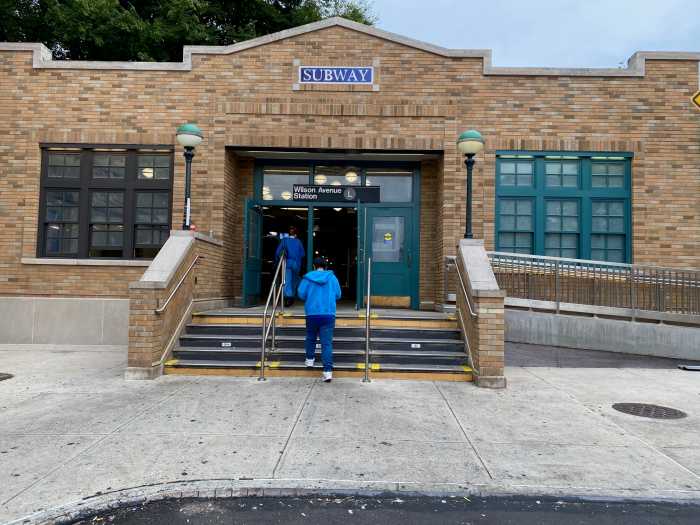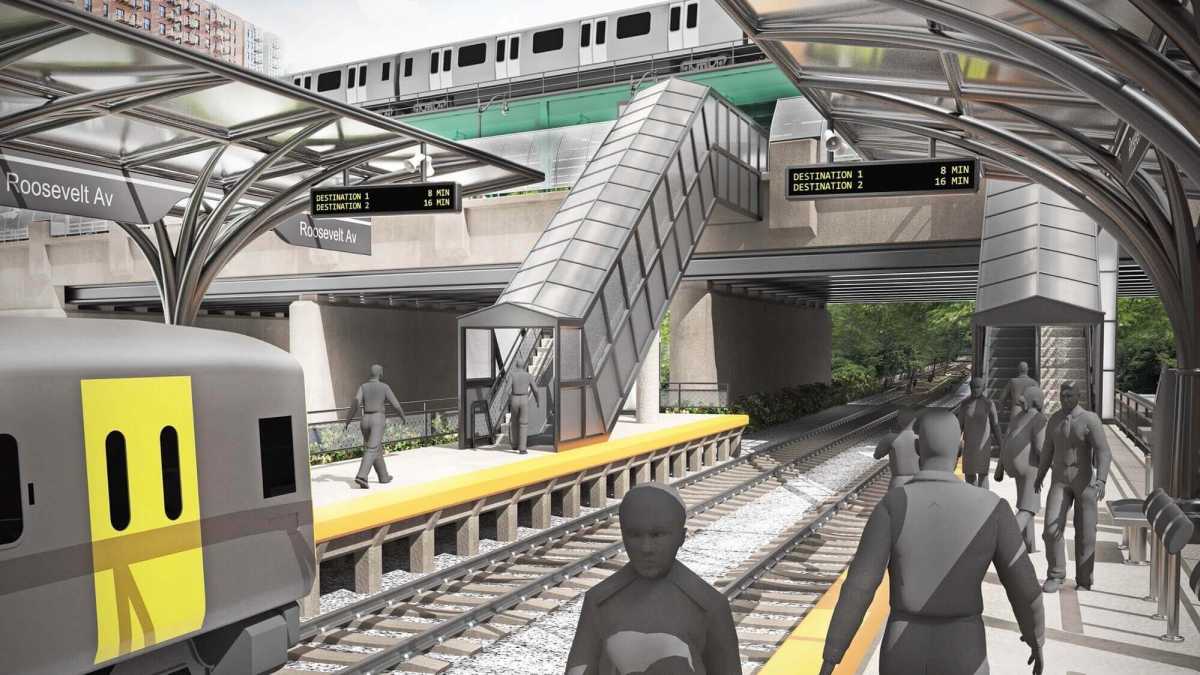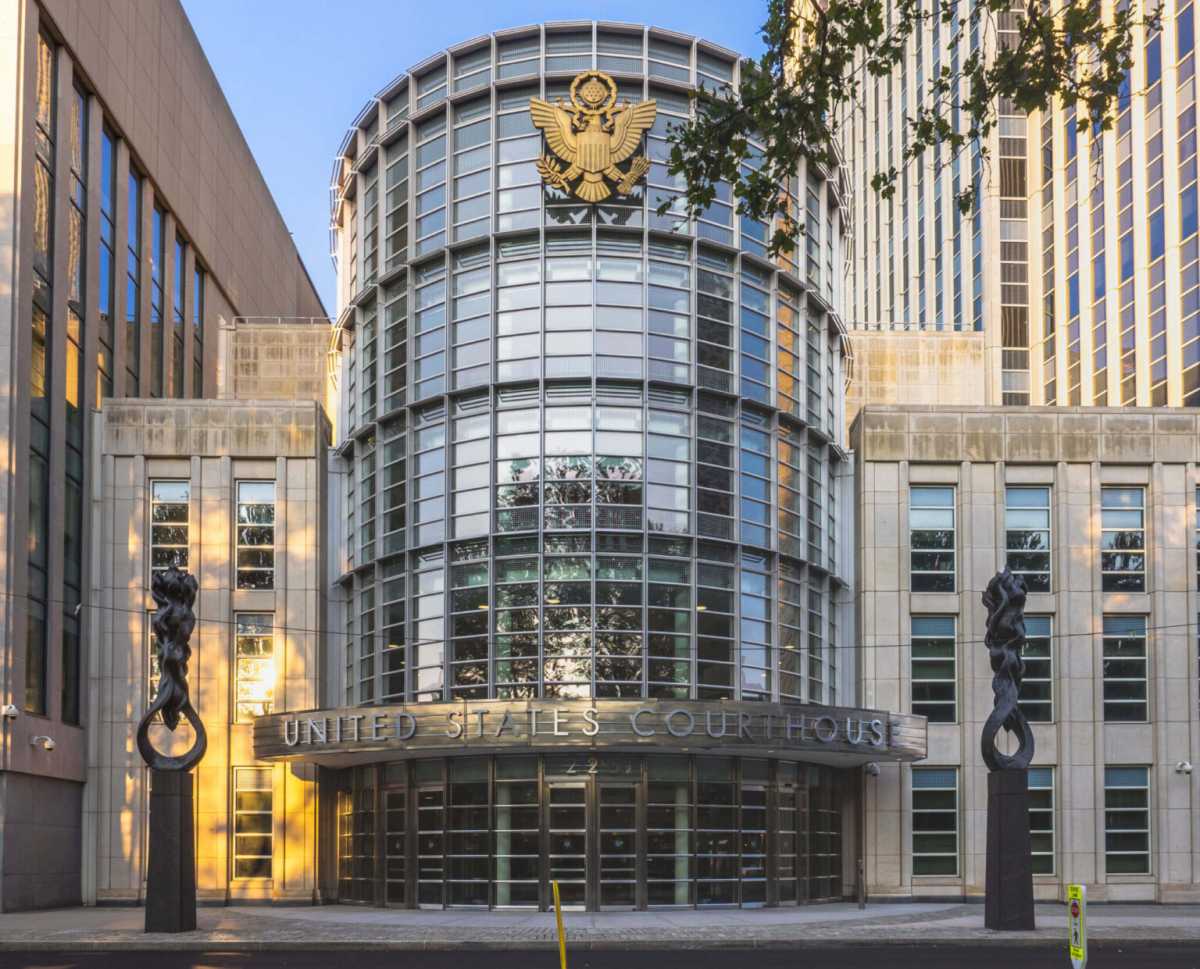Many residents of Canarsie, East New York and nearby towns in Brooklyn are looking forward to enhanced connectivity and new opportunities with the possibility of an IBX train stop at Linden Boulevard. This new transit option is poised to significantly improve access for those living nearby, offering a convenient way to explore the diverse boroughs of Brooklyn and Queens.
The MTA is right now planning an IBX stop near New Lots Avenue on the L train. This stop intersects and provides subway access for New Yorkers from several Brooklyn neighborhoods, including East New York, Brownsville, Flatbush and Canarsie.
This southeastern part of Brooklyn remains very industrial, as do a handful of previous stops on the IBX in the borough. But the immediate radius of the New Lots Avenue stop is more than just factories and industrial joints. There are beautiful multi-families homes and new apartments as a result of rezoning. There is also no shortage of nationally known food venues that line local streets, including options for anyone who loves a classic fast-food burger.
Along Pennsylvania Avenue, a major multi-town thoroughfare and an exit on Brooklyn’s Belt Parkway, is where big-box restaurants thrive. Along the stretch is a “fast-food row,” home to famous chain restaurants including Wendy’s, Checkers, Chipotle, Sonic and many more. There is also an IHOP nearby, an American favorite and a breakfast-for-dinner hotspot located in the heart of Brooklyn.
Local restaurants include Armando’s Pizza on Rockaway Parkway, arguably one of the best pizza places in Brooklyn. Achieving four out of five stars on Yelp, reviews encourage both New Yorkers and visitors to give it a try. East Coast Street Tacos on Stanley Street offers the flavors and fun of food-truck tacos in a quaint and colorful neighborhood taco joint.
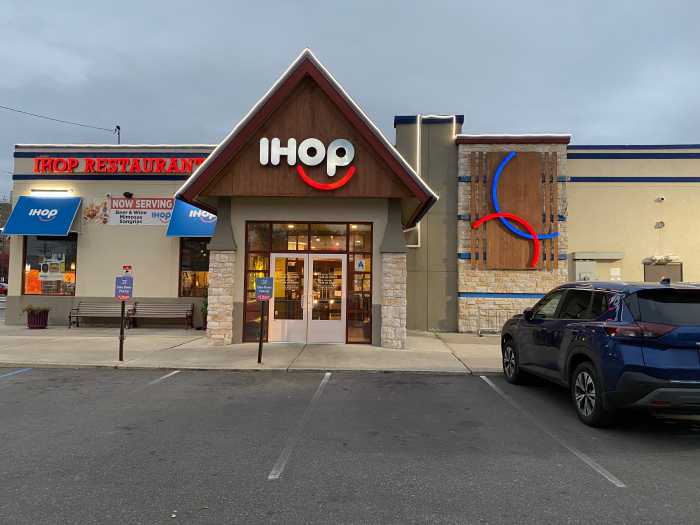
But with the IBX scheduled to arrive — there’s no timeline yet from the MTA — a world of food, shopping, and even employment and housing opportunities is located only a short train ride away.
The 14-mile train is planned to connect Jackson Heights in Queens to the Brooklyn Army Terminal in Bay Ridge. Unlike almost all other MTA trains, the IBX will not go through Manhattan, providing a direct link between the two boroughs and offering a quick ride in about half an hour, point to point.
This means the IBX’s Linden Blvd. stop would provide a direct link for residents of southeast Brooklyn to access other vibrant neighborhoods. A ride on the IBX can transport them in just minutes to, say, Jackson Heights, a hub of shopping, dining and rich cultural experiences. Or to trendy Glendale and Ridgewood, towns with a hipster vibe, thanks in part to gentrification. Here, plenty of authentic New York coffee shops, antique stores and bars surround the local IBX stop proposed on Myrtle Avenue.
These direct connections, proponents of the IBX say, can open up possibilities for day trips, allowing residents to easily plan outings to explore new areas without the hassle of extensive travel.
“900,000 New Yorkers live along the proposed IBX route, and we’re not going to waste any time advancing this project for them,” MTA Chair and CEO Janno Lieber said.
Currently, almost all trains connecting Queens and Brooklyn have to go through Manhattan, adding, in some cases, at least 45 minutes more of commuting time for inter-borough travelers. Even staying within Brooklyn, commutes on the IBX will open up faster ways to travel.
Oluwaseun Ajala, a student, told News 12 this week that the train would improve his cross-borough journey.
“I take like two buses. It’s a little bit stressful,” he said. “That would be way easier for me to come from Queens to Brooklyn so I would love that.”
Will the IBX bring too much competitive housing?
But the IBX is not without its downside, according to some New Yorkers.
One argument against the IBX is that once built, it will attract many more people to already overcrowded neighborhoods, leading to increased housing-unit and home prices. High-density apartments around proposed IBX areas have already sprouted, with others in progress.

Opponents of City of Yes – which amends the city zoning law to build more housing in neighborhoods that had previously restricted development – include politicians representing neighborhoods where the IBX is planned, including City Council Member Robert Holden who represents Maspeth, Middle Village and nearby areas in Queens.
Like Holden, City Council Member Chris Banks, who represents IBX areas including East New York, Canarsie and Brownsville, also voted ‘no’ on City of Yes before it passed the city council late last year.
amNewYork contacted Banks for comment on the IBX train and is awaiting a response.
And in other parts of the city not connected to the IBX, neighborhoods have been able to prevent the construction of high-density housing. Developers of a project to convert a two-family property into multi-family homes on the South Shore of Staten Island terminated their work on Oct. 30, following community opposition.
“As we warned when the City of Yes first came about, the city has enabled inappropriate projects like these to be developed in low-density residential neighborhoods such as Prince’s Bay,” Borough President Vito Fossella said in a statement. “We maintain that projects like this former proposal are inappropriate, uncharacteristic for the areas where they exist and would be a threat to the quality of life.”
In the meantime, the MTA is chugging along with plans for the IBX. Officials at the state-run agency say the IBX will be a game-changer New York commuters. Environmental reviews of the project began on Oct. 29, marked a significant milestone in planning for the rail line.
“Launching the state environmental review process gives us the momentum we need to move this transformational effort toward construction,” Lieber of the MTA said.
The next stop in our IBX: Stop by Stop series is Remsen Avenue.
